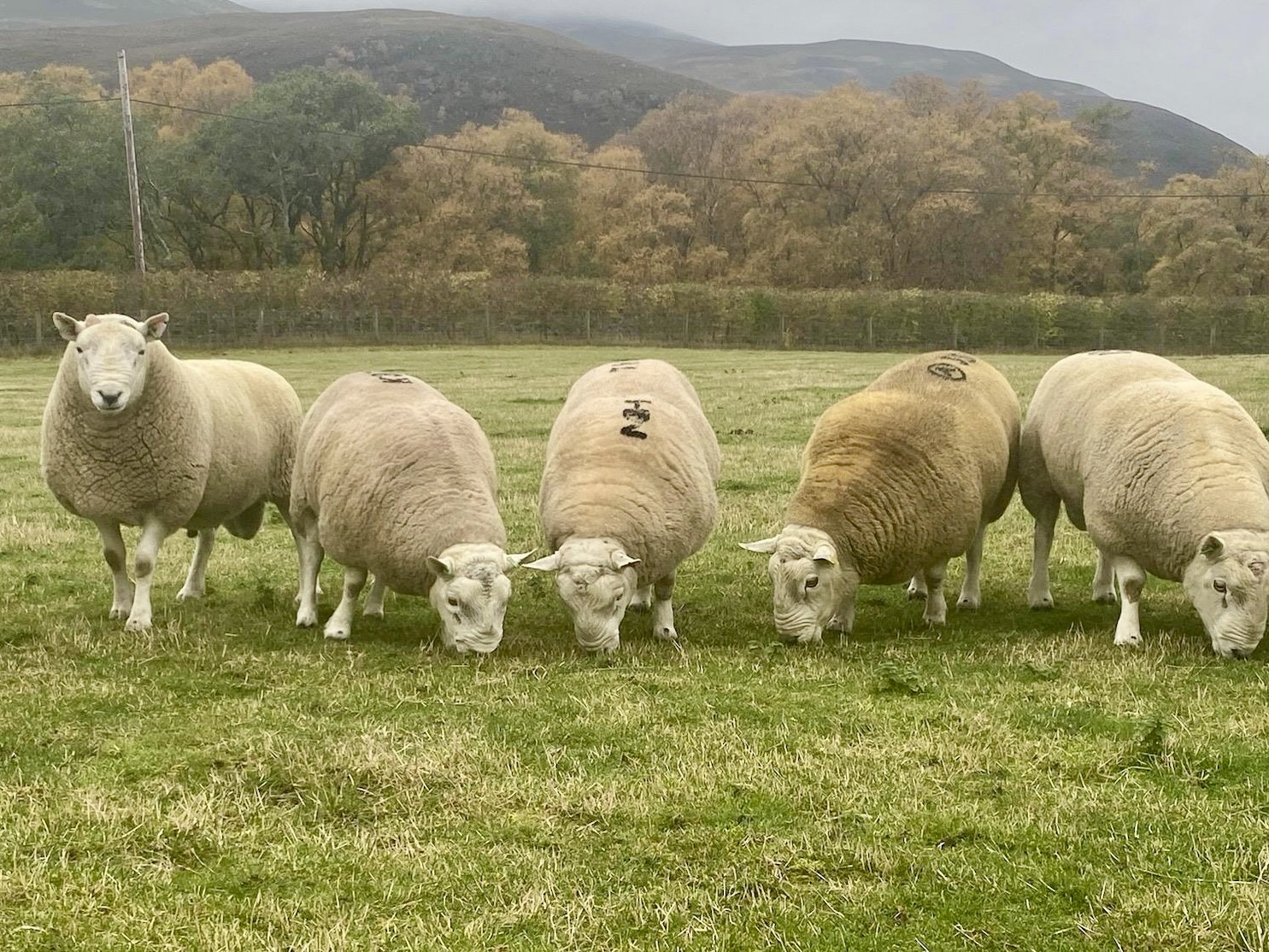Farm Newsletter July 2024
June and early July have been seasonally quiet for us with the majority of any routine work now completed and stock healthy at grass. Grass growth seems to have been very variable across the area with some reporting plenty of growth, whilst others have run tight with the lack of warmth.
A few herds have embraced early scanning of spring calving cows whilst still at grass. Whilst this can be a bit of extra work it allows us to age pregnancies much more accurately and gives us the best chance of identifying twins. If the bull is still running, cows not in calf can be scanned again later at housing to check no very early pregnancies have been missed. For the few herds we’ve scanned so far results have been encouraging…
Suckler Meeting Recap
Earlier this month we had a great meeting looking at many of the factors that go into maintaining a compact calving interval. It was great to see such a superb turnout with about 50 in attendance.
We discussed bull fertility, problem cows, EBVs, bull selection, synchronisation and AI, nutrition, body condition scoring and metabolic profiling. Quite a lot to pack in to a couple of hours! Hopefully there was something for everyone and we all went home having learnt something. If you weren’t able to attend the meeting but would like to discuss any of the above then please get in touch.
Health Plans
Annual health planning is now essential from both a compliance point of view and for us to be able to prescribe medications for your stock. Whilst these things are important, we always see the key benefit of health planning being a great chance to take a moment to review what needs tweaked in terms of protocols and risk plan ahead.
With the summer months being quieter on the stock side of things, this is a good time to catch up. If your health plan in overdue then expect a gentle nudge from us over the next few weeks, unless you get in touch first of course!
Watch Out For Lungworm
At risk herds can use vaccination or strategic worming to mitigate disease risk. Huskvac needs to be given as two doses separated by four weeks prior to the risk period. A variety of wormers can be used – pour on ivermectin (Enovex etc) will treat and protect for up to 28 days, doramectin (Taurador etc) for 42 days and 10% moxidectin injection (Cydectin injection etc) for up to 120 days.
Dung samples and blood samples can be used to monitor for disease; when we would use either depends on the situation.
Please give us to discuss control if lungworm is a disease that is a risk to your herd and let us know if you see coughing at grass. Last year we published a blog article about lungworm which gives a bit more information and can be found by clicking the link below.
Making weaning decisions for lambs
Weaning lambs should never be a date fixed in the calendar but should be flexible based on a number of factors to maximise growth of lambs and set up ewes well for next breeding season. Lambs should usually weaned somewhere between 12 and 14 weeks of age but certain conditions may benefit from earlier weaning. Leaving lambs on ewes too long can certainly be detrimental to lamb growth and ewe body condition.
Ewe BCS: If ewe BCS is <2 then wean early. If BCS is >3 weaning can be delayed.
Grass availability: If grass is limited then wean early, if grass is plentiful weaning can be delayed.
Lamb growth rate: If growth rate has dropped to <200g/d then wean, if >200g/day weaning can be delayed.
If lamb growth rate has been disappointing then it is usually down to grass quality/quantity, a worm challenge or trace element deficiency, so please let us know if your lambs are not growing as well as they should – we can help!
Enzootic Abortion Vaccination options with compromised supply
There are currently no conventional enzootic abortion vaccinations available in the UK, supply hopefully should be restored by September which should be in sufficient time for most conventional lambers.
However, for our earlier lambers we now have an option available. We are able to source an inactivated vaccine, this dose mean two doses are required to be given. The first dose needs to be given no less than 5 weeks prior to mating, and the second dose given two weeks later.
If you would like us to order this vaccine for you please let us know.








